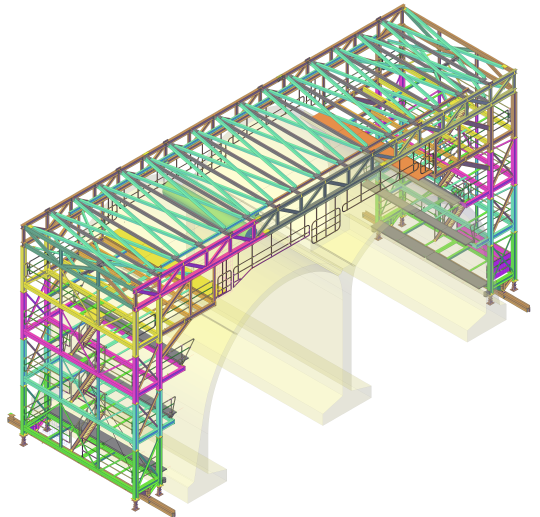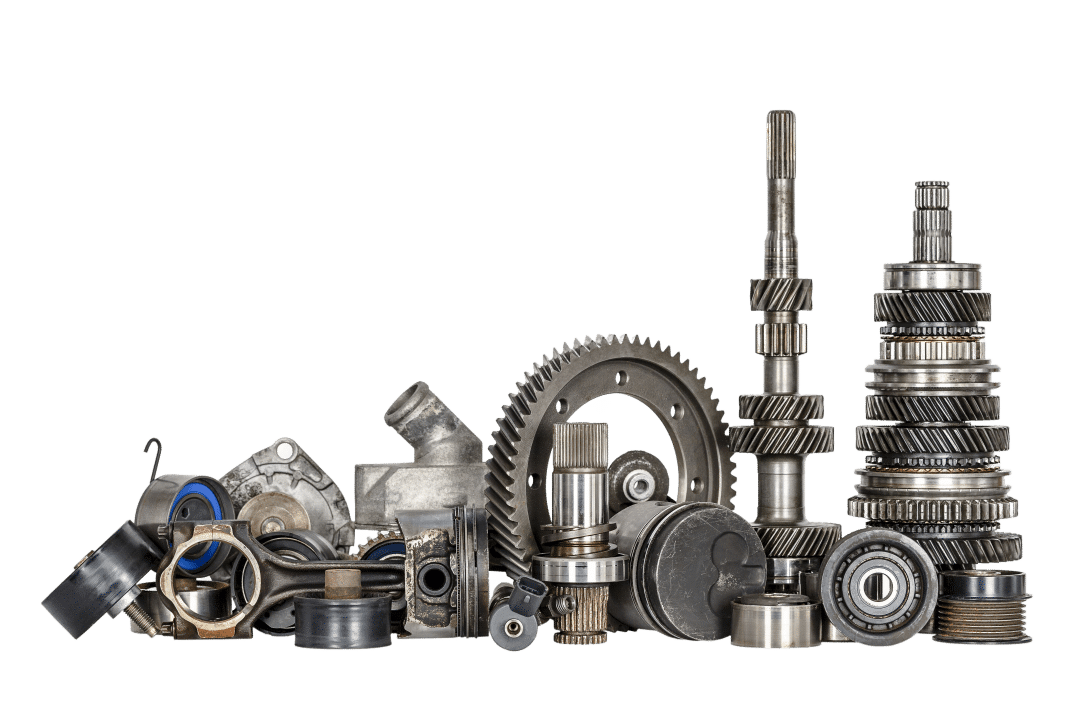It’s a myth that the advance of automation and robotics means humans are being replaced in their thousands. In fact, the insatiable appetite for this form of technology is leading to huge unmet demand for recruits with the right skills to develop and deliver systems geared around every type of industry on the planet.
There is not only huge demand for robotics and automation, there are even plentiful funds to support innovation and advancement. The biggest obstacle for many companies is the profound shortage of skills.
This means an even greater need for 3D modelling consulting services to convert existing drawings into photo-realistic renders. They can overcome the challenges in a number of ways, and help to turn ideas into viable prototypes. They can also support the streamlined introduction of automated systems to alleviate skills shortages.
The size of the market
The list of business categories currently hungry for automation and robotics development is long and diverse; everything from automobile manufacturers to Life Sciences, and from logistics to house construction.
Technology’s ability to help companies to work faster, cleaner and more cost-effectively is a potent promise. This is why market intelligence company Tractica has predicted that robotics will be worth an incredible $237 billion worldwide, by 2022.
(source: https://www.tractica.com/newsroom/press-releases/the-robotics-industry-will-reach-237-billion-in-revenue-worldwide-by-2022/)
Put this alongside the value placed on AI too. PwC reports that by 2030 it will contribute $15.7 trillion to the global economy.
(source: https://www.pwc.com/gx/en/issues/data-and-analytics/publications/artificial-intelligence-study.html)
The funding to back innovation in robotics and automation is also available. In Q1 of 2018, the total investment in robotics startups worldwide was $2.3billion, for 88 new projects. Universities are working with the industry on a myriad of prototypes and represent a hotbed of new developments and talent.
Companies lack the “know-how”
However, countless companies find themselves struggling to recruit enough staff with the STEM skills needed to envisage, plan, commission and deliver robotics projects within their organisation. This is partly due to the fact there is still a serious shortfall in STEM graduates. It also reflects the fact that the big companies with deep pockets are draining the all too small talent pool.
According to the UK Commission for Employment & Skills, 43% of STEM jobs are now considered to be hard to fill.
(source: https://www.telegraph.co.uk/business/ready-and-enabled/stem-skills-shortfall/)
How 3D Modelling helps
Having access to 3D modelling capabilities provides robotics and automation projects with a series of crucial benefits. Not least, as 3D modelling can provide vital training and marketing opportunities, and help with presentations for potential investors and fabricators. It can also be a vital method of achieving reverse engineering of robotic systems.
In fact, with such a poor basis of skills and understanding to work on, organisations can rely heavily on 3D modelling to even get robotics projects started. They provide a context and visual presentation to sell concepts to stakeholders. As much of this sector is so advanced (and even viewed as the stuff of science fiction) having photo-realistic renderings of planned projects ensures buy-in from the boardroom onwards.
People find it much harder to support something abstract. Having the capacity to show how a robotic system interacts with existing plant and equipment makes it more “real”.
It’s also possible to visualise robotics applications to start upskilling existing staff earlier and more effectively. This sort of staff training could be a vital solution to overcoming the worldwide skills shortage.
Using 3D models to prepare for robotics and automation means less downtime when the project is up and running too. For example, using a 3D CAD model you can gauge entry and exit points, develop a plan to bed machinery in an existing production process, and start to formulate maintenance plans.
Having the opportunity for 2D to 3D conversion often provides greater abilities to identify planning flaws and potential choke points too. You can monitor and adjust elevations and footprints far more accurately, to lay the groundwork for your new automation plant for example.
If you work with CAD services that can build simulation into your 3D model then the potential to “sell” robotics and automation to staff, customers and investors are even more potent, and training can be even more realistic.
To discuss your robotics and automation plans and projects with a specialist CAD outsourcing company, contact us at Restoric Design.



